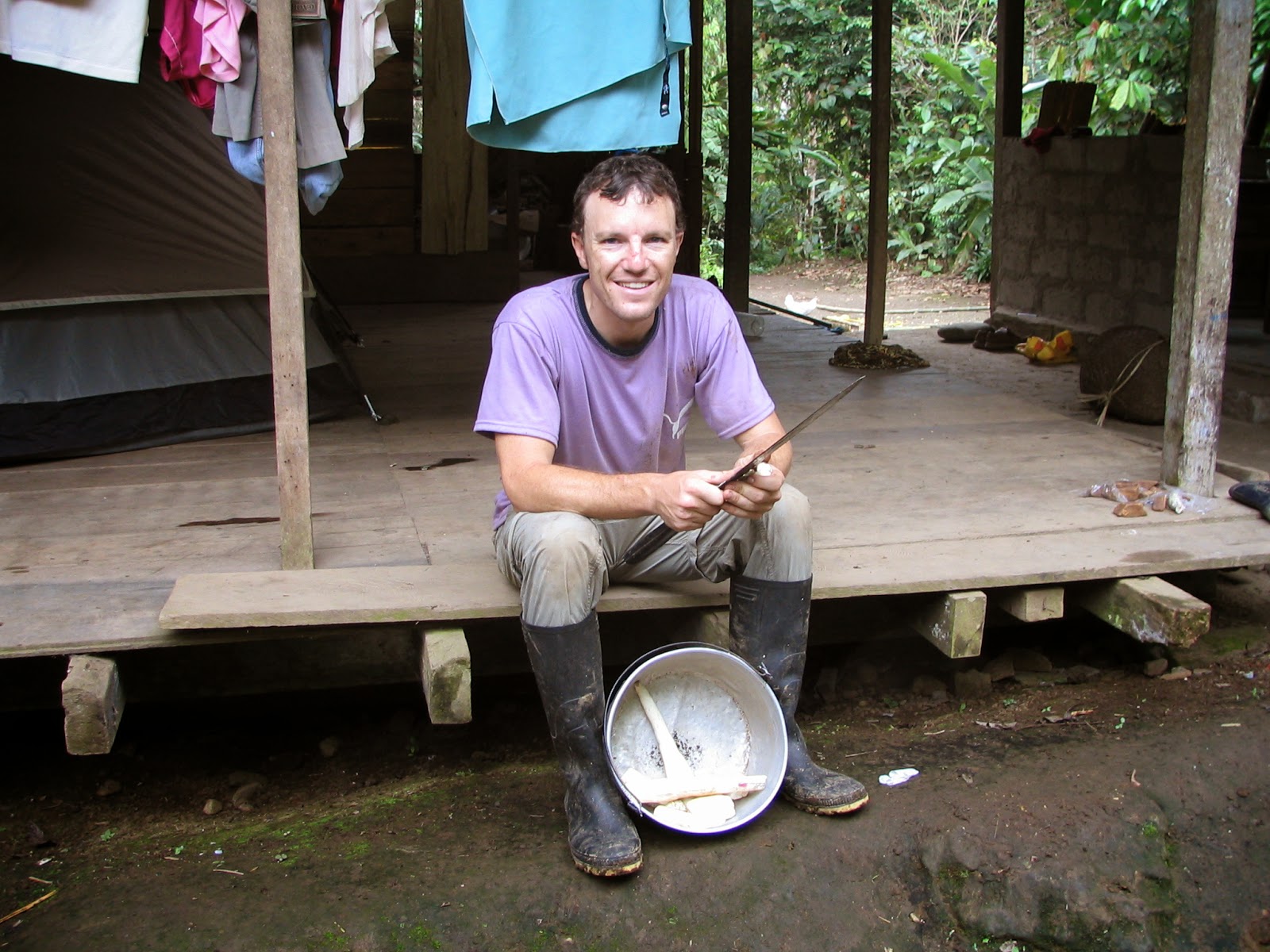Interested in growing a new crop? How about supporting local food pantries? If so, then the Sweet Potato Project is for you! Through the Sweet Potato Project, growers are provided with sweet potato slips free of charge with the understanding that half of their harvest will be donated to local food pantries in Madison and Dane County.
Please join John Binkley, (Equinox Community Farm) and Joe Muellenberg (Dane County UW-Extension) for free trainings on how to successfully cultivate the delicious, nutritious sweet potato in our climate! For more information and to sign up for trainings & free slips, please visit www.madisonsweetpotatoproject.org
A colleague of mine accepted some "slips" last year and planted them in her community garden plot, and was amazed by what she dug up later in the year. Another colleague of mine went to the Goodman Youth Grow Grow Local farm in the fall for their big harvest and told me "It was so much fun." You can experience either of these exciting things by requesting your own slips and sharing half of the sweet potatoes with a local food pantry.
Free Sweet Potato Cultivation Trainings
- May 13th 6:30-8:00pm (Willy Street Coop West) (I'm going to this one!)
- May 14th 6:30-8:00pm (UW Extension, 5201 Fen Oak Drive, Madison)








































